Find more about these Different Types of Praying Mantis You Can Spot in the Garden. Keep scrolling and add to your knowledge about these fascinating predators
Get ready to venture into the captivating realm of Different Types of Praying Mantises—where mystery, beauty, and predation coalesce into one incredible insect world.
Different Types of Praying Mantises
1. European Mantis
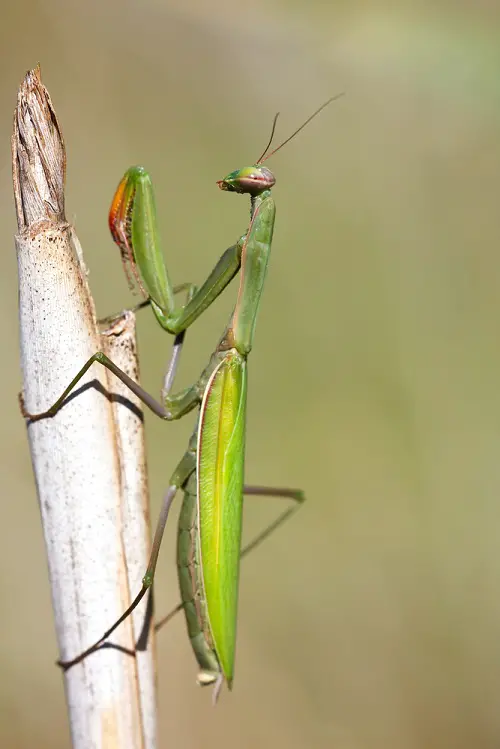
Zoological Name: Mantis religiosa
Found across Europe, the European Mantis has wide ranging habitat form grasslands to forests and urban areas. They’re characterized by their green or brown coloration, triangular heads, and distinctive “praying” posture, often seen in religious art.
2. Chinese Mantis
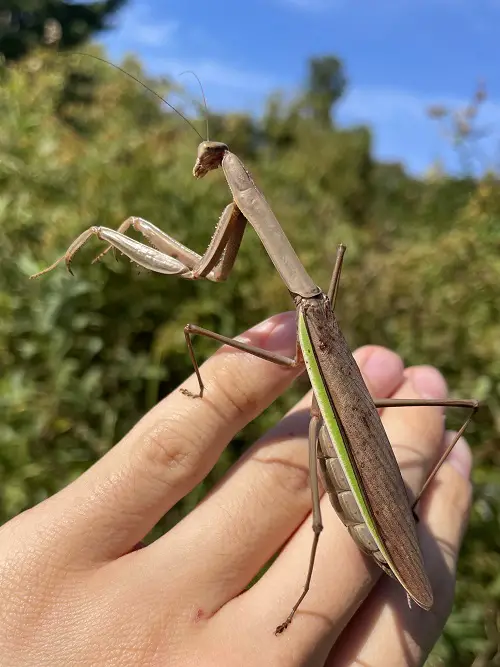
Zoological Name: Tenodera sinensis
Primarily feeding on insects, including crickets, flies and moths, the Chinese Mantis has green or brown coloration with elongated bodies. They generally have a lifespan of 6 to 9 months and serves as a biological control agent in pest management.
3. Carolina Mantis

Zoological Name: Stagmomantis carolina
The Carolina Mantis are identifiable by their green or brown coloration, slender bodies and triangular heads. They have a lifespan of 6 to 12 months and embodies the qualities of patience and mindfulness in various traditions.
4. California Mantis

Zoological Name: Stagmomantis californica
Native to the western United States, particularly California, the California Mantis habitat includes grasslands, gardens, chaparral and urban areas. Feeding on a variety of insects, they’re noted for their role in natural pest control.
5. Ghost Mantis
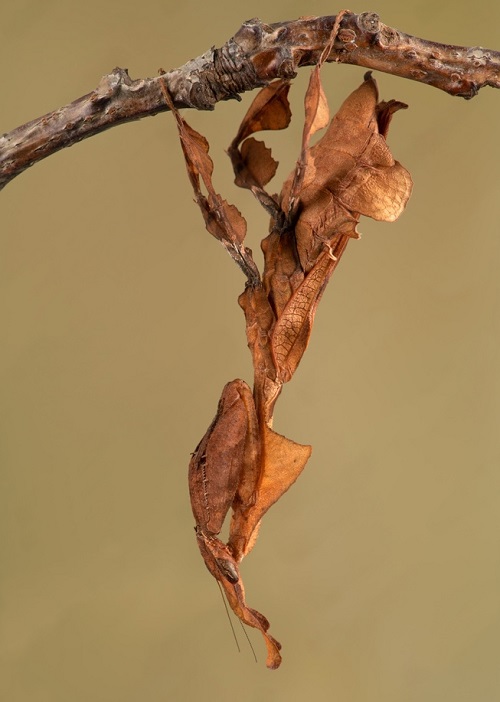
Zoological Name: Phyllocrania paradoxa
Known for their extraordinary dead leaf-like appearance, this unique mantis serves both as camouflage and as a means of surprising prey. In cultural contexts, they’re admired for their elegance and adaptability.
6. African Mantis
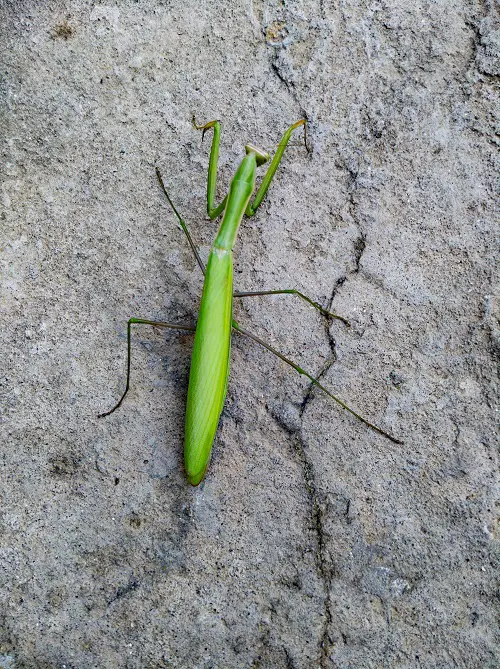 Zoological Name: Sphodromantis viridis
Zoological Name: Sphodromantis viridis
With a lifespan typically ranging from 6 to 9 months, these mantises are known for their hunting strategy which involves patiently waiting in an ambush position, blending into vegetation with their cryptic coloration. In cultural contexts, they’re symbols of patience and adaptability.
7. Giant Asian Mantis
 Zoological Name: Hierodula membranacea
Zoological Name: Hierodula membranacea
The next on the list is Giant Asian Mantis which uses its powerful forelegs to catch and hold prey. The lifespan of this mantis typically ranges from 6 to 12 months and in many cultural contexts, it is revered as a symbol of strength and agility.
8. Budwing Mantis

Zoological Name: Parasphendale agrionina
Known for their intricate coloration featuring shades of green, brown and sometimes pink or purple, this mantis is usually found in tropical forests and shrublands.
9. Grass Mantis
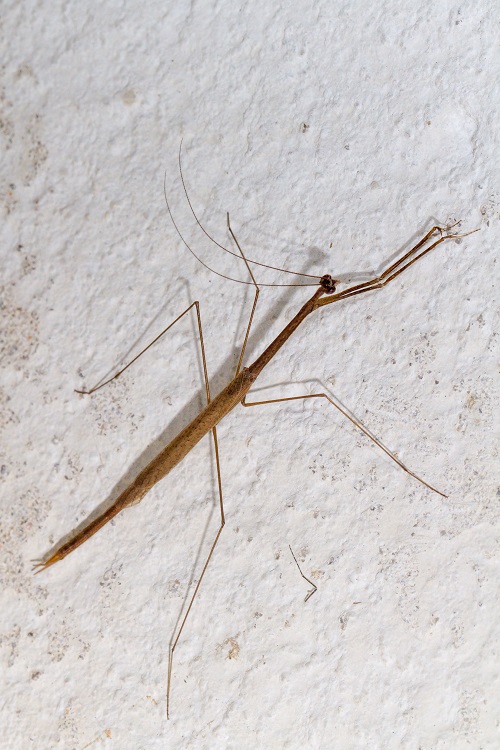
Zoological Name: Thesprotia graminis
Characterized by their slender bodies and cryptic coloration, the Grass Mantis preys on a variety of insects such as flies, grasshoppers, and beetles, using its specialized forelegs to catch and hold prey.
10. Dead Leaf Mantis
 Zoological Name: Deroplatys desiccata
Zoological Name: Deroplatys desiccata
True to its name, this mantis resembles a dried leaf, with its flattened body and leaf-like extensions, providing exceptional camouflage among the forest floor’s litter.
11. Orchid Mantis
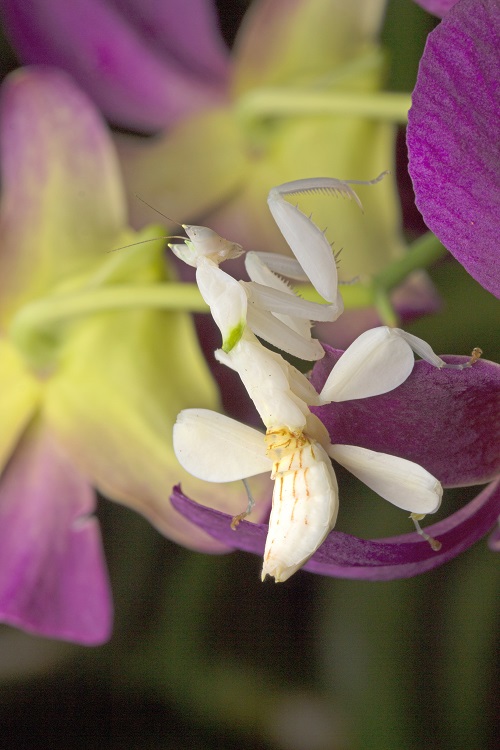
Zoological Name: Hymenopus coronatus
Resembling the delicate petals of orchid flowers, this mantis serves as a symbol of beauty, adaptability and the wonders of nature’s camouflage. The Orchid Mantis primarily feeds on small insects like flies, bees and butterflies.
12. Banded Flower Mantis
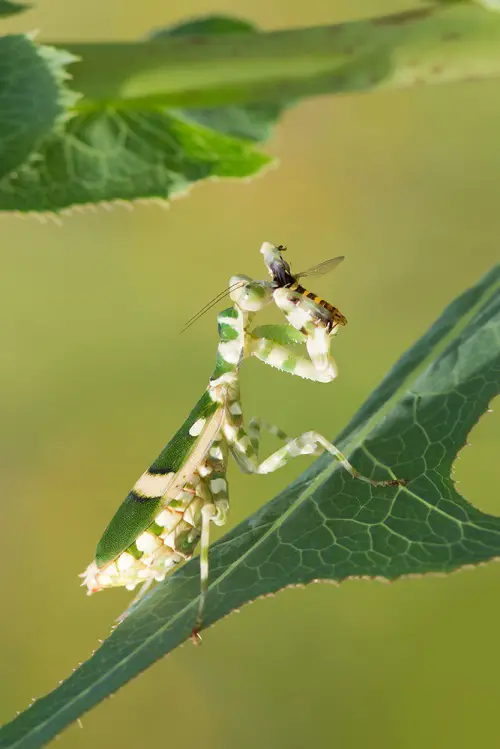
Zoological Name: Theopropus elegans
They’re native to Southeast Asia and are known for their striking color bands of green on a milky white body, making it one of the most beautiful Types of Praying Mantis.
13. Violin Mantis

Zoological Name: Gongylus gongylodes
Native to South Asia, this mantis has a thin body and wide “wings,” resembling a violin – if you spot this in your yard, you are surely lucky!
14. Spiny Flower Mantis
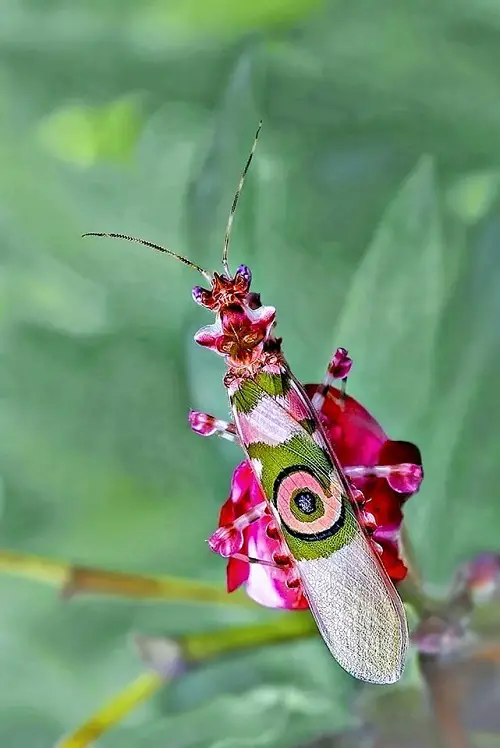
Zoological Name: Pseudocreobotra wahlbergii
Native to sub-Saharan Africa, this mantis is known for its elaborate camouflage which resembles flowers, featuring bright colors and intricate patterns that allow it to blend seamlessly with blossoms, making it both a proficient predator and a master of disguise.
15. Giant African Stick Mantis
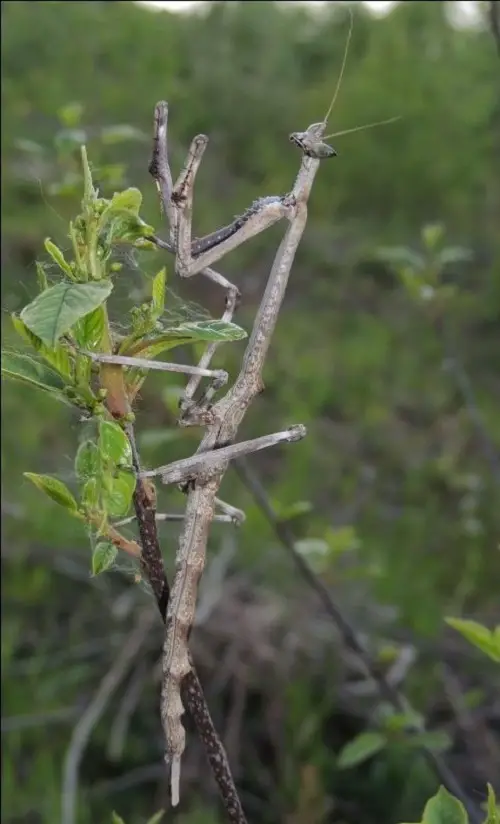
Zoological Name: Heterochaeta orientalis
Symbolizing adaptability and the intricate beauty of nature’s designs, the Giant African Stick Mantis is found in savannas, forests and shrublands where its elongated, twig-like body provides excellent camouflage among branches and foliage.
16. Giant Shield Mantis
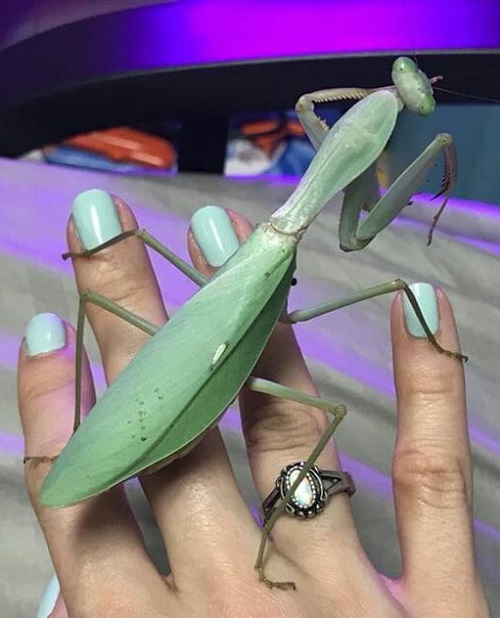
Zoological Name: Rhombodera megaera
The Giant Shield Mantis is an impressive species native to Southeast Asia. With large size body and distinctive shield-like thorax, their coloration varies from shades of green to brown, often with intricate patterns that aid in concealment.
17. Brazilian Mantis
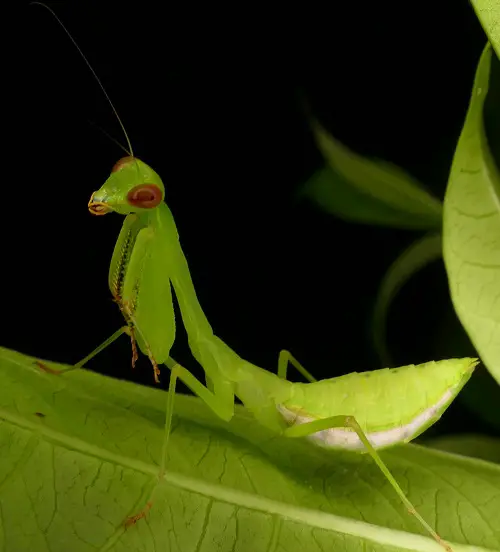
Zoological Name: Parastagmatoptera tessellata
The habitat of Brazilian Mantis includes tropical forests, grasslands and shrublands. They’re distinguished by their intricate patterning and coloration, featuring shades of green and brown which provides effective camouflage among the foliage and undergrowth where they dwell.
18. Zebra Mantis
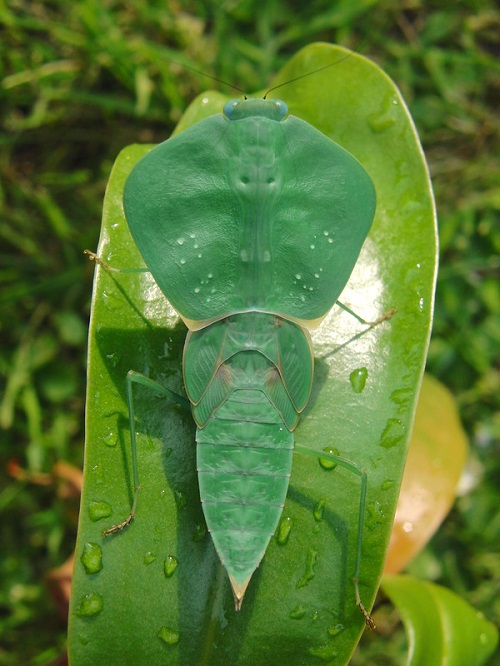
Zoological Name: Choeradodis rhombicollis
Admired for their unique appearance and adaptability to their environment, the Zebra Mantis is found in countries like Brazil and Venezuela. The zebra-like strips helps them blend into the forest floor’s dappled sunlight.


